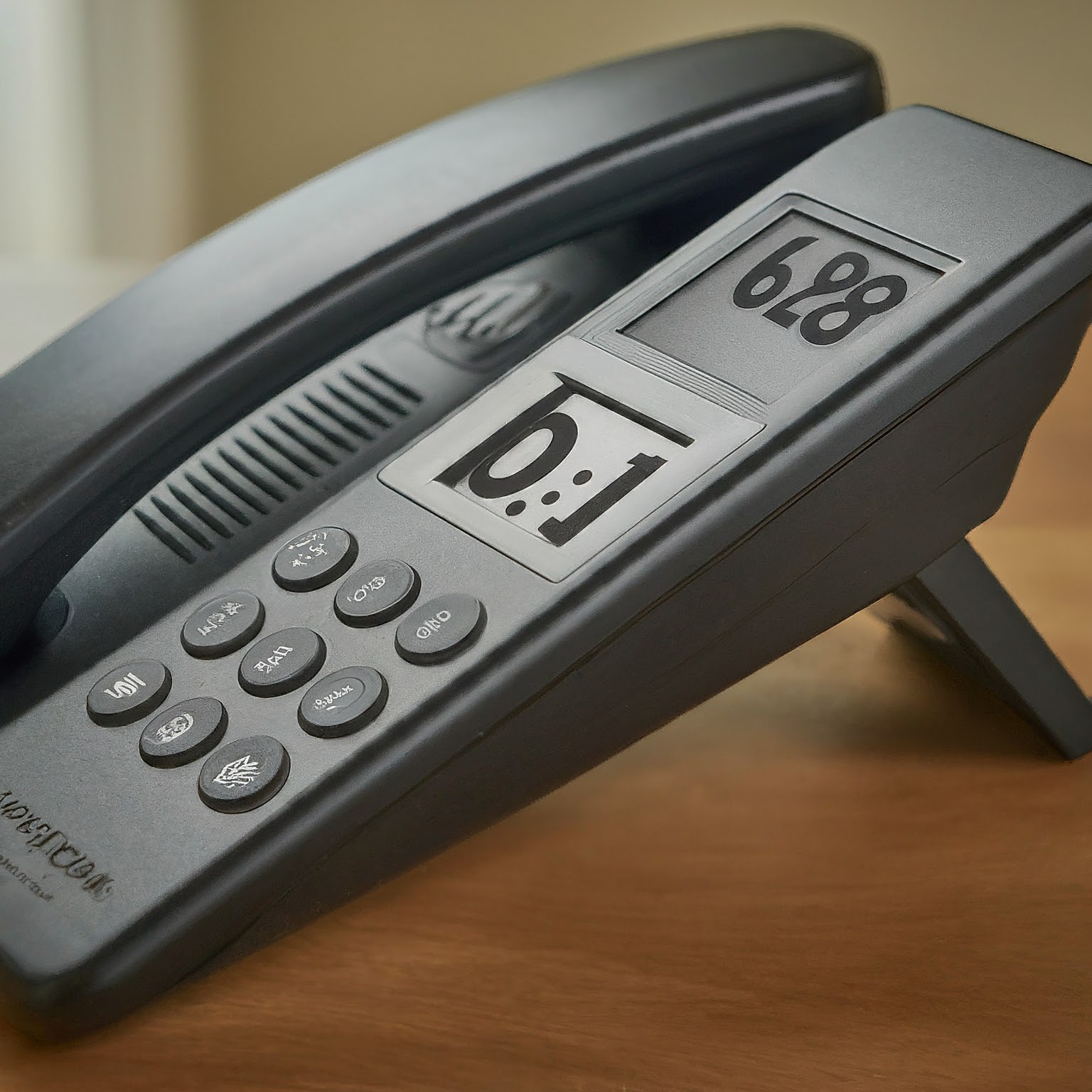The world of telecommunications is a complex one, with a multitude of country and area codes serving to connect people across the globe. In recent times, there has been some confusion regarding the existence of the 628 country code. Despite appearing in some online sources, it is important to clarify that there is no country with the assigned code 628.

628 Area Code, Not Country Code
The 628 code is not a country code, but rather an area code within the United States. It serves as an overlay for the 415 area code in California, specifically in the San Francisco Bay Area. This means that both the 415 and 628 area codes are used in the same geographic region, including San Francisco and parts of Marin County.
The misconception surrounding the 628 country code may stem from the fact that when dialing international numbers, the country code is usually followed by the area code and then the local phone number. This can lead to confusion, especially with unfamiliar area codes.
Why is it Important to Know the Difference?
Understanding the difference between country codes and area codes is crucial for accurate and efficient communication. Dialing an incorrect code can lead to failed calls or unintended connections, causing frustration and inconvenience.
In the case of the 628 area code, it is essential to remember that it is not a country code. If you are trying to reach someone in the San Francisco Bay Area, you need to dial the US country code (+1) followed by the 628 or 415 area code and the local phone number.
Staying Informed
To avoid confusion and ensure accurate dialing, it is recommended to consult reliable sources for information on country and area codes. The International Telecommunication Union (ITU) maintains a comprehensive list of country codes, while local telecommunication authorities provide information on area codes within their respective countries.
By staying informed and using the correct dialing procedures, you can ensure seamless communication with individuals and businesses across the globe, avoiding any potential misunderstandings or misdirected calls.
لا تعليق